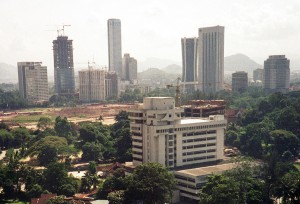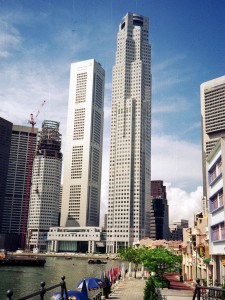Asia’s moderate boom
 Many developing Asian countries have experienced rapid and yet relatively stable economic growth over a number of years. In other words, this has not been a short-term unsustainable boom associated with the expansionary phase of the business cycle – with aggregate demand expanding more rapidly than aggregate supply. Rather it is the result of a rapid growth in aggregate supply.
Many developing Asian countries have experienced rapid and yet relatively stable economic growth over a number of years. In other words, this has not been a short-term unsustainable boom associated with the expansionary phase of the business cycle – with aggregate demand expanding more rapidly than aggregate supply. Rather it is the result of a rapid growth in aggregate supply.
Over the period from 2000 to 2011, several Asian countries experienced average annual growth rates of over 4% and some, such as China and India, much more than that, as the following table shows. The table also shows forecasts for the period from 2012 to 2017. The high forecast growth rates are based on a continuing rapid growth in aggregate supply as the countries invest in infrastructure and adopt technologies, many of which have already been developed elsewhere.
Average annual economic growth rates
| 2000–11 | 2012–17 | |
| China | 10.2 | 8.4 |
| India | 7.2 | 6.3 |
| Lao | 7.1 | 7.9 |
| Vietnam | 7.1 | 6.5 |
| Indonesia | 5.2 | 6.5 |
| Malaysia | 5.0 | 4.9 |
| Philippines | 4.7 | 4.9 |
| Thailand | 4.0 | 5.1 |
